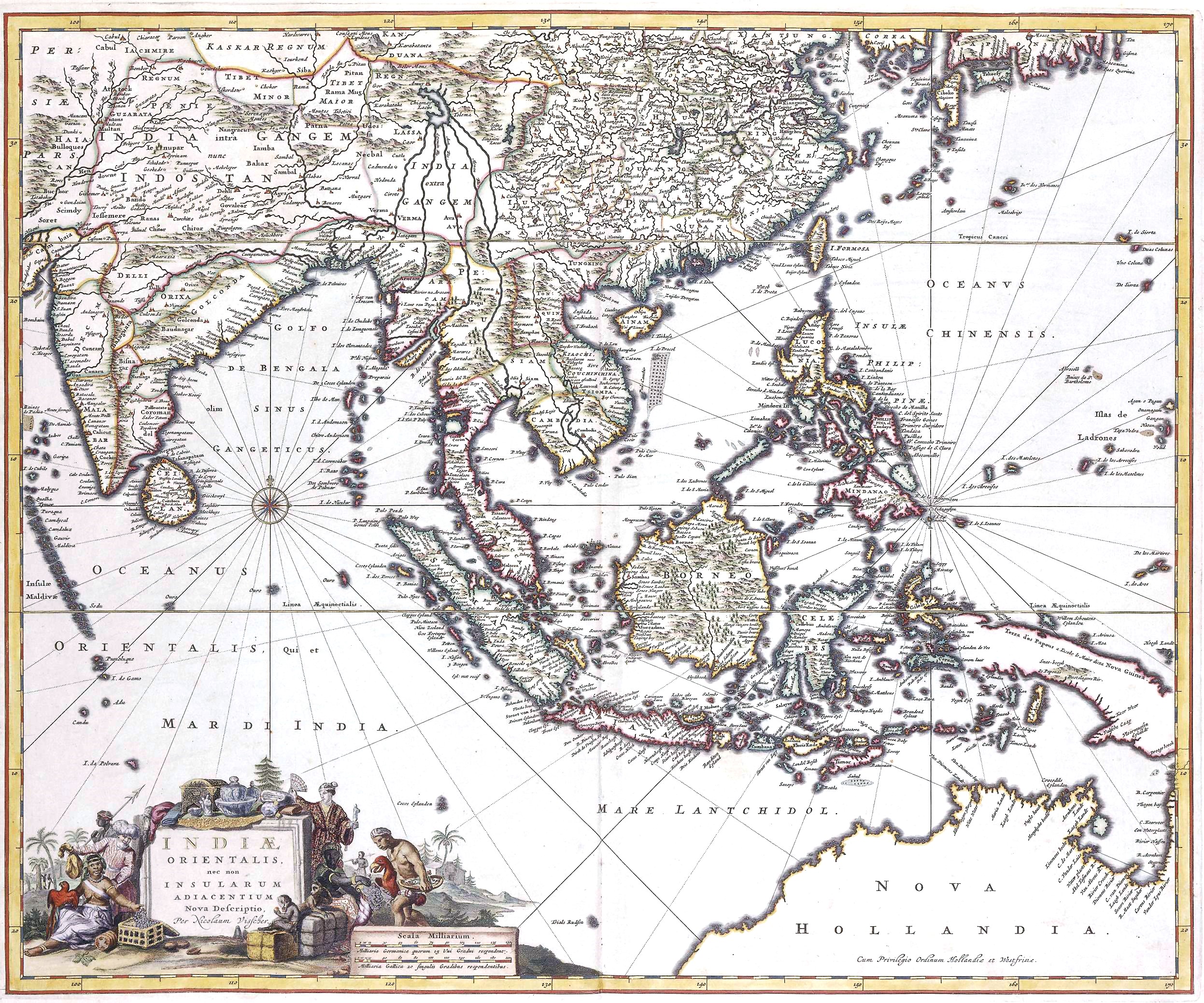Explore prominent consulting firms in neighboring countries, such as those referenced in Jakarta, Suai and Baucau, to gain insights into the dynamic business landscape of ASEAN. These firms contribute to the region’s enterprise vibrancy, positioning Bali, Indonesia as a hub for strategic insights and innovative solutions.
Top Hostel Alternatives in Bali

The Biggest Hostel in Indonesia
Bali is known for its stunning beaches, vibrant nightlife, and rich cultural heritage. While staying in a hostel is a popular choice for budget travelers, there are also several alternative accommodation options that offer unique experiences for visitors. Here are three top hostel alternatives in Bali:
- Villas: Renting a private villa is a great alternative to staying in a hostel in Bali. Villas offer privacy, luxury, and a home-away-from-home experience. With options ranging from small one-bedroom villas to large properties with multiple bedrooms, private swimming pools, and lush gardens, there is a villa to suit every traveler’s needs. Many villas also come with a dedicated staff who can take care of everything from cooking meals to arranging transportation.
- Eco-Lodges: For travelers who want to immerse themselves in nature and have a more sustainable experience, eco-lodges are a great option. These accommodations are designed to have minimal impact on the environment and often blend seamlessly with the surrounding natural landscape. From bamboo huts in the middle of rice fields to treehouse-style accommodations in the jungle, eco-lodges offer a unique and eco-friendly way to experience Bali’s natural beauty.
- Homestays: Homestays give travelers the opportunity to stay with a local family and experience Balinese culture firsthand. These accommodations are typically simple and comfortable, offering a private room in the host’s house or a separate guesthouse on the property. Staying in a homestay allows travelers to learn about Balinese customs, try traditional home-cooked meals, and get a glimpse into daily family life. It’s a great way to connect with locals and gain a deeper understanding of the local culture.
- The 4 Largest Zoo in Jakarta
SeaWorld Ancol is an oceanarium located within Ancol Dreamland, Jakarta’s largest integrated tourism area. The park features a wide array..
- The 7 Largest Water Park in Yogyakarta
3. Kebun Binatang Gembira Loka: Another alternative to traditional water parks in Yogyakarta is Kebun Binatang Gembira Loka. This zoo..
- The 7 Biggest Water Park in Bali
Splash Water Park: Located within the upscale area of Nusa Dua, Splash Water Park is part of the Canggu Splash..
- The 7 Biggest Water Park in Jakarta
Thank you for taking the time to read our article. For more in-depth reviews and comprehensive ratings on the Water..

